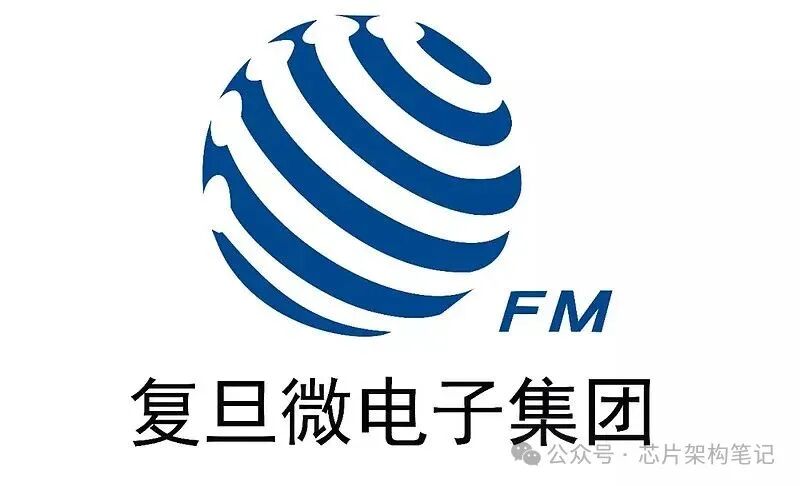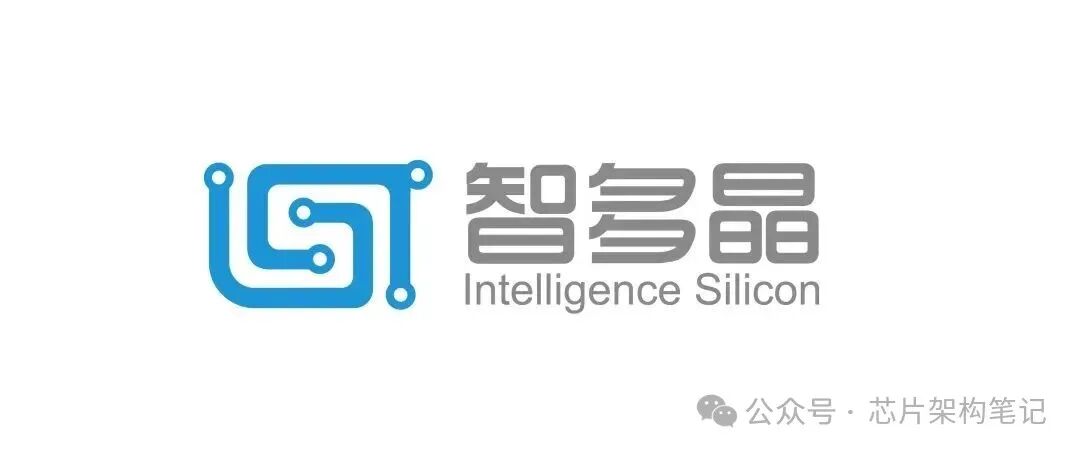Introduction to the top ten FPGA chip companies in China, the following companies are listed in no particular order.
1. Unisoc Tongchuang
 Shenzhen Unisoc Tongchuang Electronics Co., Ltd. was established in December 2013 and is a subsidiary of Unisoc Group, a leader in the comprehensive strength of FPGA in China. On April 29, 2025, Unisoc Tongchuang completed the IPO guidance filing.
Shenzhen Unisoc Tongchuang Electronics Co., Ltd. was established in December 2013 and is a subsidiary of Unisoc Group, a leader in the comprehensive strength of FPGA in China. On April 29, 2025, Unisoc Tongchuang completed the IPO guidance filing.
Core product series: 1. Titan series (high-performance FPGA) Technical features: using 40nm/28nm process, supports high-speed Serdes (up to 6.25Gbps), PCIe Gen3, DDR4 and other interfaces, with logic units reaching millions (e.g., Titan-2 series 174K equivalent LUT4). Application scenarios: high-end fields such as communication networks, data centers, AI acceleration, image and video processing. Latest progress: The Titan-3 series based on FinFET technology will be launched in 2024, with performance comparable to international high-end FPGAs, applied in AI inference and high-speed computing. 2. Logos series (high cost-performance FPGA) Technical features: 28nm process, integrated DSP, ADC, MIPI and other resources, supports low-power design, logic units covering 10K~50K. Application scenarios: cost-sensitive scenarios such as industrial control, consumer electronics, communication base stations. 3. Compact series (low-power CPLD)
Technical features: 55nm eFlash process, logic units 1K~7K, package size as small as 2.5mm×2.5mm, supports 1.2V ultra-low voltage. Application scenarios: IoT devices, sensor fusion, board-level power management, and other small size requirement scenarios. 4. SoPC system platform (Kosmo series) Technical breakthrough: In 2024, the first domestically produced multi-core heterogeneous SoPC chip PG2K400 will be released, integrating ARM processors and FPGAs, supporting AI acceleration and real-time control, applied in automotive and industrial HMI fields.
2. Anlu Technology
 Shanghai Anlu Information Technology Co., Ltd. (referred to as “Anlu Technology”) was established in November 2011, headquartered in Zhangjiang Hi-Tech Park, Shanghai, and is a leading FPGA and FPSoC design company in China. In 2021, it was listed on the Science and Technology Innovation Board, becoming the first A-share listed company focused on FPGA business.Core products and technologies: Anlu Technology has formed a product matrix covering high performance, high efficiency, low power consumption, and high integration, mainly divided into five series: 1. PHOENIX: includes high-speed serial I/O, PCIe hard core, DDR3\\DDR4 storage interfaces, and rich IP resources, positioned for high cost-performance. 2. EAGLE: low power and low cost, effectively helping users improve performance and reduce costs in industrial control, communication access, display driving, and other fields. 3. ELF: 55nm low-power series, targeting communication, industrial control, and server markets. 4. SWIFT: FPSoC series, with built-in high-performance RISC-V processor hard core, DSC hardware decoding module, PSRAM, and PSRAM hard core controller. Targeting video processing, consumer electronics, and other markets.5. DRAGON: FPSoC series, combining multi-core ARM/RISC-V processors with Anlu FPGA in one chip.
Shanghai Anlu Information Technology Co., Ltd. (referred to as “Anlu Technology”) was established in November 2011, headquartered in Zhangjiang Hi-Tech Park, Shanghai, and is a leading FPGA and FPSoC design company in China. In 2021, it was listed on the Science and Technology Innovation Board, becoming the first A-share listed company focused on FPGA business.Core products and technologies: Anlu Technology has formed a product matrix covering high performance, high efficiency, low power consumption, and high integration, mainly divided into five series: 1. PHOENIX: includes high-speed serial I/O, PCIe hard core, DDR3\\DDR4 storage interfaces, and rich IP resources, positioned for high cost-performance. 2. EAGLE: low power and low cost, effectively helping users improve performance and reduce costs in industrial control, communication access, display driving, and other fields. 3. ELF: 55nm low-power series, targeting communication, industrial control, and server markets. 4. SWIFT: FPSoC series, with built-in high-performance RISC-V processor hard core, DSC hardware decoding module, PSRAM, and PSRAM hard core controller. Targeting video processing, consumer electronics, and other markets.5. DRAGON: FPSoC series, combining multi-core ARM/RISC-V processors with Anlu FPGA in one chip.
Process technology: 28nm FPGA chips have been mass-produced, and FinFET process research and development is leading; Technical ecosystem: self-developed EDA toolchain Tang Dynasty, suitable for industrial to automotive electronics scenarios.
3. Gaoyun Semiconductor

Guangdong Gaoyun Semiconductor Technology Co., Ltd. was established on January 3, 2014, and is a high-tech enterprise focusing on the forward development of FPGA chips. The company has achieved domestic substitution through product series such as Little Bee and Morning Sun, becoming the only FPGA enterprise in China to obtain mainstream automotive certification.
Product series: 1. Morning Sun family (GW2A series is 55nm, GW5A series is 22nm). Positioning: high performance, low power consumption, mainly targeting communication, industrial, and automotive fields. 2. Little Bee family (GW1N, 55nm low power). Positioning: low power, non-volatile, mainly targeting consumer electronics and edge computing.
In 2019, the first domestically produced automotive-grade FPGA chip was launched, mass-produced for applications in medical and automotive electronics. Global shipments cover core infrastructure such as communication and power.
4. Fudan Microelectronics

Fudan Microelectronics was the first to develop the first billion-gate FinFET FPGA in China, the first heterogeneous fusion billion-gate PSoC chip, and the first reconfigurable chip FPAI (FPGA+AI) chip aimed at artificial intelligence applications.
FPGA series products are widely used in communication, artificial intelligence, industrial control, signal processing, and other fields.
Product line: Embedded PSoC meets the needs of high-speed communication and image processing, with a high market share in military and aerospace fields.
Process: High-end chips below 22nm are under development, with a goal to break through 16nm by 2025.
5. Chengdu Huami

Background: A backbone of the national “909 project”, affiliated with China Electronics (CEC), undertaking multiple national-level FPGA projects.
Expertise: CPLD/FPGA military-civilian integration applications, high-speed and high-precision ADC/DAC chip technology is leading in China.
Applications: Core support for national defense engineering such as aerospace, aviation, and weaponry.6. Zhiduojing

Xi’an Zhiduojing Microelectronics Co., Ltd. was established in 2012, and the company has achieved mass production of large-capacity FPGAs using 55nm and 28nm processes.
It has specifically launched integrated solution products with embedded Flash, SDRAM, DDR, etc.
7. Aoge Chip (AGM)

AGM is a leading provider of AG32 32-bit MCU, programmable SoC, and heterogeneous (MCU) computing chips and solutions, a chip design company dedicated to providing intelligent design software and chip systems for the mid-to-high volume markets in consumer electronics, industrial control, and AIoT.
Product line: FPGA+CPU heterogeneous solutions adapted for IoT terminals.8. Jingwei Qili

With independent and complete intellectual property rights, covering FPGA core design, SoC architecture design, chip development, EDA software development, IP development, and integration in the full-stack technology field.
Four major product directions:
High-end FPGA chips for data centers/electric vehicles/5G;
AiPGA (AI in FPGA) chips for artificial intelligence;
Heterogeneous computing FPGAs and HPA (Heterogeneous Programmable Accelerator) chips for new infrastructure/industrial IoT;
eFPGA (embedded FPGA) cores for embedded applications.
9. Yilingsi

The first domestically produced 16nm FPGA, Quantum architecture optimizes the power-performance ratio (PPA) to four times the industry standard.
Applications: ultra-low power scenarios (such as robotics, portable medical devices), with the titanium series PPA further improved by eight times.
10. ZK Yihai Micro
 ZK Yihai Microelectronics Technology (Suzhou) Co., Ltd. was established in January 2017 and is a national specialized and innovative “little giant” enterprise in the field of “programmable chips and intelligent microsystems”, a technology transfer platform of the Chinese Academy of Sciences, with strong research attributes. The company adheres to a fully forward design technology route, independently developing highly reliable embedded programmable circuit IP cores, programmable logic chips, EDA software, and reconfigurable systems.
ZK Yihai Microelectronics Technology (Suzhou) Co., Ltd. was established in January 2017 and is a national specialized and innovative “little giant” enterprise in the field of “programmable chips and intelligent microsystems”, a technology transfer platform of the Chinese Academy of Sciences, with strong research attributes. The company adheres to a fully forward design technology route, independently developing highly reliable embedded programmable circuit IP cores, programmable logic chips, EDA software, and reconfigurable systems.
Core product line:
Yihai Shendun series (2 series)
Positioning: industrial-grade FPGA chips, focusing on high reliability and wide temperature operating capability.
Features: stable operation at high temperatures of 190°C for 192 hours in extreme tests, supporting industrial control, testing, and measurement in harsh environments.
Applications: servo motor control, industrial sensors, smart instruments, etc.
Yihai Shenzhen series (6 series)
Positioning: high-performance FPGA chips, filling the gap in domestic substitution.
Features: supports PCIe 3.0, 100GE network interfaces, integrates self-developed high-speed SerDes modules, with computing power reaching 400GOPS, suitable for machine learning inference, video image processing, and other scenarios.
Applications: financial high-speed trading, intelligent security, remote sensing data processing.
Yihai Longzhu series (9 series)
Positioning: next-generation high-performance FPGA chips, aimed at AI and high-performance computing.
Features: based on advanced domestic processes, breaking through large-scale programmable architecture design, supporting heterogeneous computing and high-speed interfaces, planned for use in data centers, 5G communication, and other key equipment.
eFPGA IP core (Yilingxi series)
Positioning: embedded programmable circuit IP core, supporting SoC integration.
Features: adopts “array scale/computing resources user-defined” compilation technology, suitable for 14nm process, has passed silicon verification from more than ten customers.
Applications: AI acceleration chips, communication baseband processing, smart edge devices.
FPGA accelerator card
Product form: supports PCIe 3.0 x16, dual 100GE networks, maximum power consumption of 225W, providing active/passive cooling solutions.
Function: low-latency data processing (nanosecond level), high computing power inference (suitable for TensorFlow/PyTorch and other frameworks), applied in financial risk control, medical image analysis, video super-resolution reconstruction.
Current Status and Challenges of the FPGA Industry
– **Domesticization Rate**: By 2025, domestic FPGA demand will account for 68% of the global market, but domestic brands only hold 15% market share, with the high-end market still dominated by Xilinx/Intel. – **Technical Gap**: Four domestic companies (Unisoc, Fudan Micro, Zhongwei Yixin, Yilingsi) have FinFET FPGA R&D capabilities, and breakthroughs in processes below 28nm are accelerating. These companies are jointly promoting the transformation of domestic FPGA from “low-end substitution” to “high-end autonomy”, and future efforts are needed to continue breaking through bottlenecks in EDA toolchains, advanced processes, and ecosystem construction.